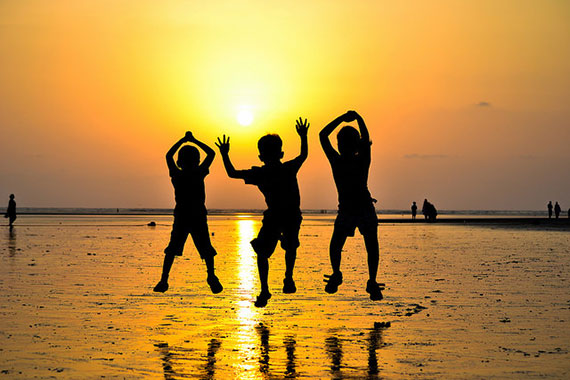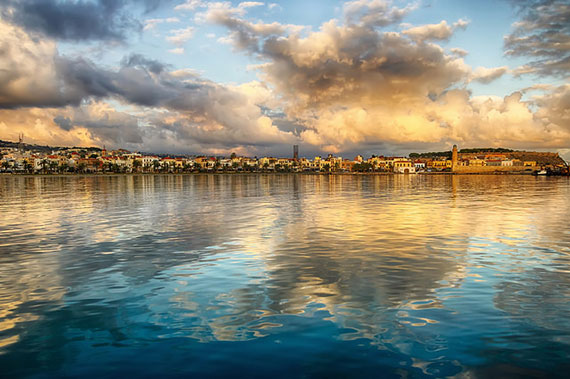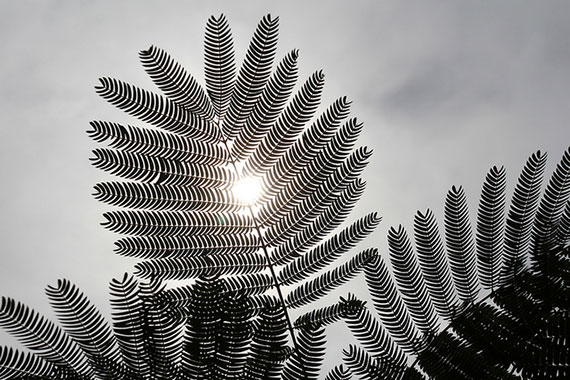Light and illumination are the basics of photography. The very word “photography” comes from two Greek words, phos meaning light, and graphis meaning drawing. Hence, photography can be described as “drawing with light”. As we start the lesson, I want to wish you a pleasant and illuminating session!

Photo by Deven Dadbhawala; ISO 100, f/4.5, 1/320-second exposure.
If you ask me to name the most important thing in photography, I would say light. Without light, there is no illumination. In a room without illumination, everything is pitch black. You can’t see a thing. Taking a shot – assuming your camera allows you to – produces a solid black photograph. You switch on a lamp, and you send light across the room, and everything is illuminated. Now you can take a photograph and show something in the picture. You realize that your eye and the camera both need light and illumination to work.
Photography is about capturing light and recording it, whether on paper, or more frequently now, in a digital format. As a photographer, you control the amount, intensity and duration of light required to create the picture. The apparatus used to draw with light is called the camera, which comes from camera obscura, a box with a hole for light to pass through and strike the backwall of it. The name “camera obscura” actually means dark chamber, and indeed, the word “camera” is still used in some languages such as Italian to mean “room” or “chamber”.
There is a saying that the camera never lies. Actually, the camera is rarely capable of telling the whole truth. Without even going to what the camera shows, it often cannot even get the brightness right. Have you ever taken a photograph, and the shot seems brighter or darker than what you remember the scene to be? With a digital camera, you can even see then and there how distant the difference between what you see in front of you and what the camera recorded. Why is that so?
The camera and our eyes work in pretty much the same way. The difference between the two is that our eyes are better able to handle wide differences in light intensity. For example, if you take a photograph from inside a room with an open window, you may get the room properly exposed but the window is too bright, or the window looks right but the room too dark. Yet our eyes don’t have such a problem: they can see everything inside the room and outside the window properly exposed. The reason is, our eyes can compensate for the wide difference in light whereas the camera cannot.

Photo by Theophilos Papadopoulos; ISO 200, f/5.6.
Secondly, our eye is more sensitive to light than most of the amateur/prosumer cameras. In a dark environment, such as inside a movie theatre, our eyes can still adjust to the lack of light and allow us to see the rows of chairs and people. Most cameras would have difficulty focusing under such a demanding condition.
So are we saying that the eye shows reality but the camera doesn’t? Neither is capable of showing us reality all the time. What our eye and the camera do is that they provide their interpretation of reality. What we see with our eye and what we see with the camera are what they are capable of showing us. As an example:
Switch on a fan. You see the blades start to turn. Soon the blades become a blur. Now aim a camera at the fan, set it to the highest shutter speed and take a shot of the fan. The picture comes out showing the blades seemingly motionless. Why is it that our eyes show the blades blur while the camera shows them still?
On the other hand, have you seen photographs taken in crowded public places such as railway stations or airports, where the people seem to be blur? Your eyes never show you people as a motion blur, and yet that’s how they look like in the photo. How is that possible?
Our eyes are capable of showing a moving object as sharp, up to a certain speed. Beyond that, it becomes a blur. The camera, on the other hand, will record the object as sharp or blur, depending on the shutter speed that we set. Our eyes and the camera both provide an interpretation of reality, but they interpret reality in their own way. Moreover, our eyes see things in continuous motion while the camera captures a moment.
Have you seen a photo where people appear as motion blur? Have you seen a photo where the subject is sharp but the background of off-focus? Or a photo of a stream where the water become a milky blur? Or an ocean where the rolling waves are frozen? These are all possible with a camera, even though reality doesn’t look like that at all. And yet, often such pictures are regarding as being very well taken.
That takes us back to the art of photography. It is after all, an art form. Art doesn’t have to look like reality. Art can be very unreal as still look pleasing. As a photographer, your goal is to create photographs that are pleasing to the eye. The next time someone tells you, “Oh, your photo looks so real!” thank them, but be mindful that none of your photograph – not a single one – is 100% the real thing, but only an interpretation on it.

Photo by GalgenTX; ISO 100, f/10.0, 1/1600-second exposure.
What we’ve learned in this article:
- Our eye and the camera need light and illumination to work.
- Our eye and the camera do not record reality, but provide an interpretation of reality.
- Our eye and the camera interpret reality differently.
- Our goal as photographer is to create images that are pleasing to the eye.
About the Author:
Timothy Tye (travelphotographyworkshop dot com) is a travel writer and photographer with many sites on travel and photography.
Go to full article: Role of Light and Illumination in Photography
What are your thoughts on this article? Join the discussion on Facebook
PictureCorrect subscribers can also learn more today with our #1 bestseller: The Photography Tutorial eBook
The post Role of Light and Illumination in Photography appeared first on PictureCorrect.